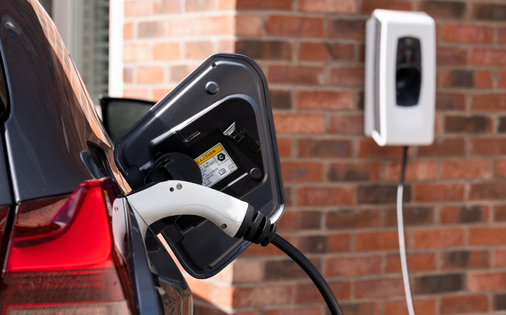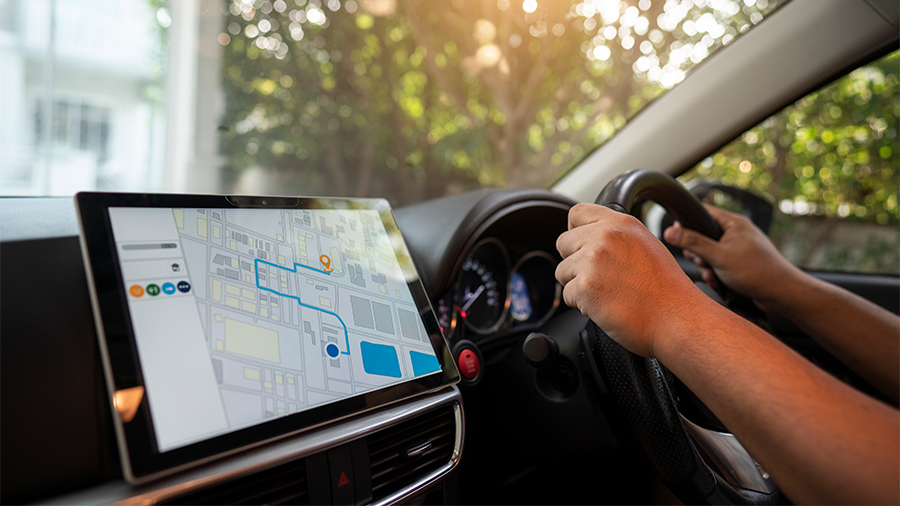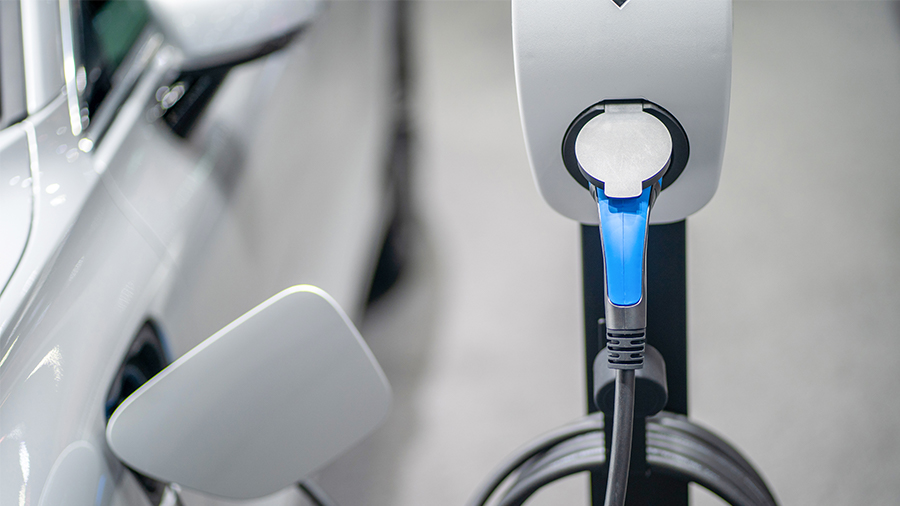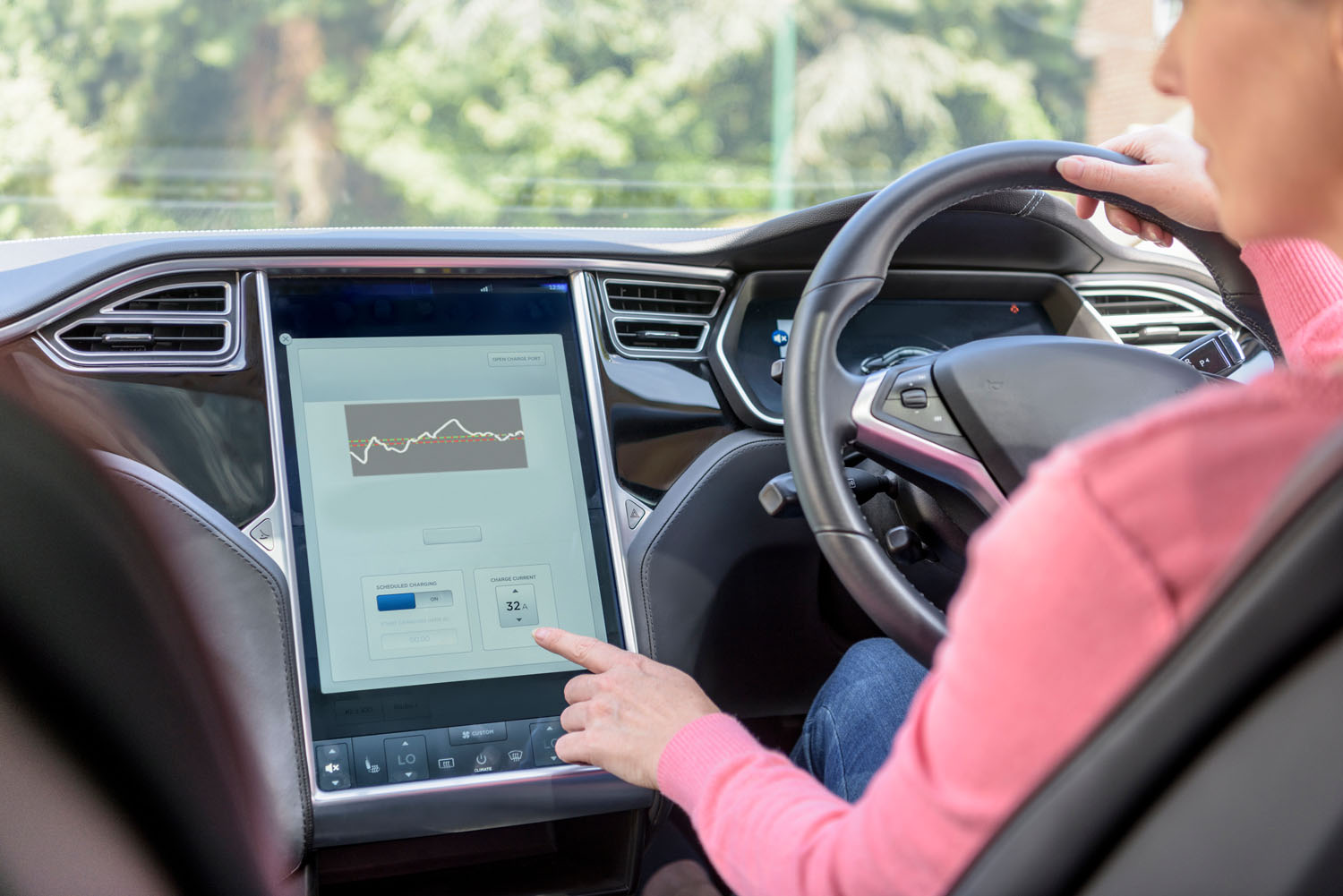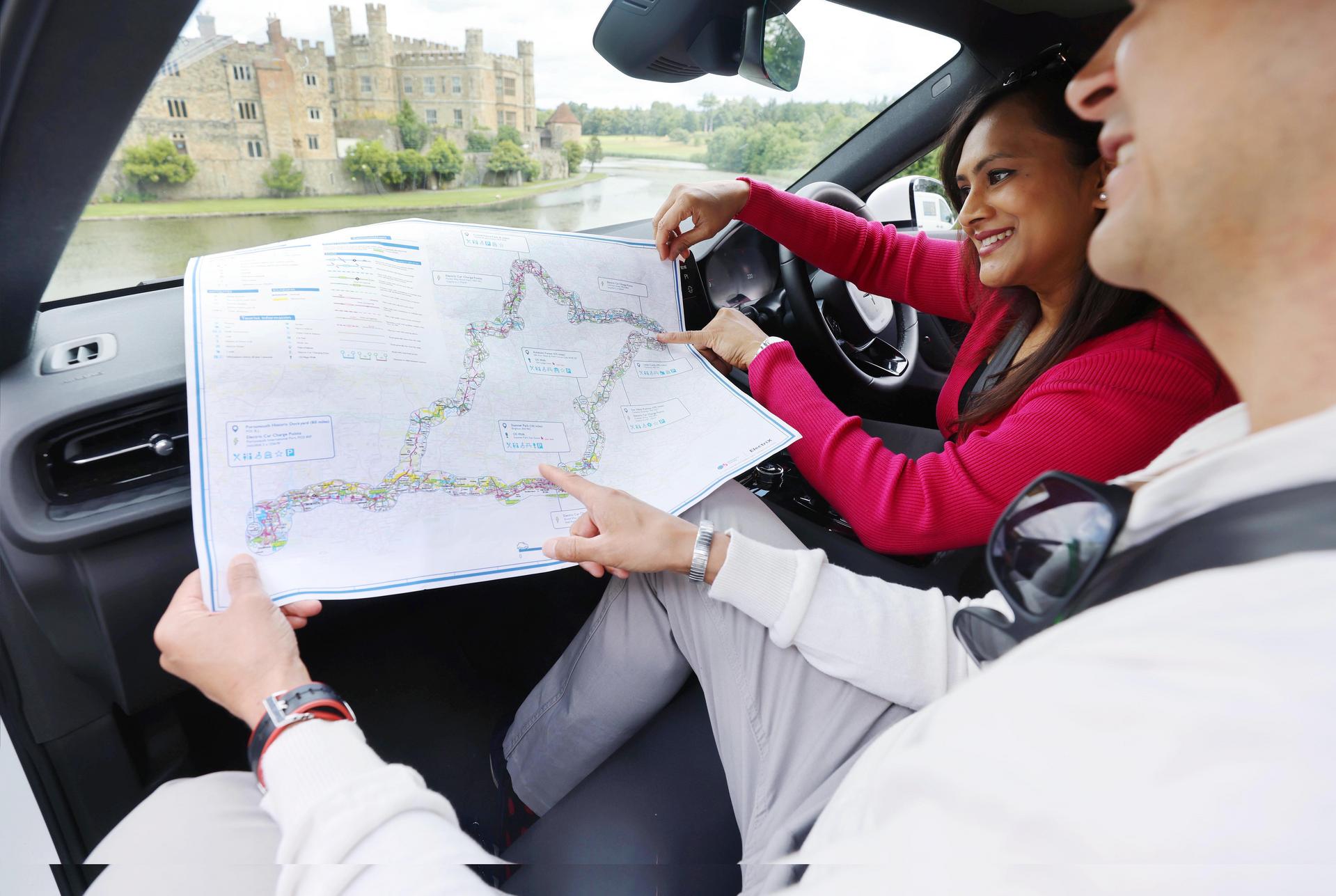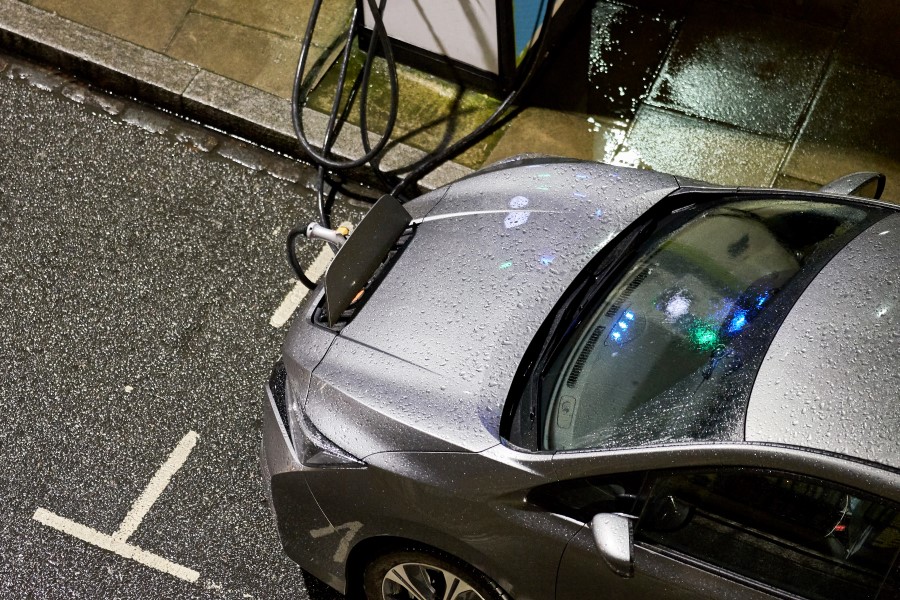Do electric cars produce less CO2 than other cars?
Are you ready to go electric?
Want to know if an electric car is the right choice for you?
Join in with our simple online quiz to find out more.
What is CO2?
CO2 is the chemical symbol for carbon dioxide. It’s a gas that’s polluting our planet, heating it up and changing the delicate balance of our climate. Every country in the world will be affected by climate change if we don’t start cutting the amount of CO2 we produce.
Unfortunately, driving petrol and diesel cars is a big problem because they burn fuel and pump a lot of CO2 into the atmosphere. And the process of making cars produces a lot of carbon too.
If you drive a petrol or diesel car for 15 years, over about 160,000 miles, you’ll add around 42 tonnes of CO2 into the atmosphere.

And why is that bad?
One way to answer that is to define how many trees you’d need to plant to absorb that amount of CO2. This is called offsetting.
It’s only a rough calculation but you’d have to plant a staggering 100 trees every year for 7 years just to absorb the CO2 emitted by one petrol or diesel car .
The good news is, when you drive an electric car there aren’t any carbon emissions from the exhaust. Yes, there’s still some CO2 produced in the manufacturing process, but the best car makers are working on that all the time.
So just by switching from a conventional car to an electric one, you can prevent 20-40 tonnes of CO2 from polluting our planet.
Plus, electric cars last a lot longer than petrol or diesel and have far fewer complex parts. So you don’t need to replace your electric car or repair it as often, saving even more CO2.
Going electric is one of the easiest ways to be kinder to the environment.
Is an electric car
right for me?
Discover electric cars that are available through our partner CBVC today.
Discover cars available

